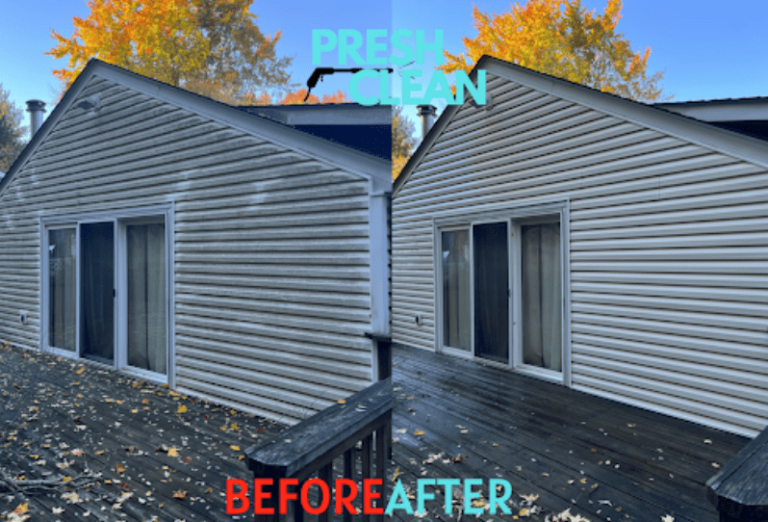Are Undermount Sinks More Expensive Than Other Types?
When it comes to selecting a sink for your kitchen or bathroom, the choice between an undermount sink and other types can significantly impact both aesthetics and budget. This blog will explore whether undermount sinks are more expensive than their counterparts and provide insights to help you make an informed decision.
What is an Undermount Sink?
An undermount sink is installed beneath the countertop, creating a seamless transition between the sink and the countertop surface. This design feature not only enhances the look of your space but also makes cleaning easier, as there is no rim or lip to trap debris. Common materials for undermount sinks include stainless steel, granite composite, ceramic, and glass.
Comparing Sink Types
Undermount Sinks
Undermount sinks are known for their sleek and modern appearance. They are generally priced higher than other types of sinks due to the installation complexity and the materials used. Typical price ranges vary based on the material and brand, but you can expect to invest more compared to other sink types.
Drop-In Sinks
Drop-in sinks, also known as top-mount sinks, are installed above the countertop with a visible rim. They are usually more affordable than undermount sinks and are easier to install, making them a popular choice for DIY projects. Their price range is generally lower, making them a budget-friendly option.
Farmhouse Sinks (Apron Front)
Farmhouse sinks, or apron front sinks, are characterized by their exposed front panel and deep basin. These sinks are often made from materials like fireclay or stainless steel. They can be more expensive than drop-in sinks but may be comparable to or slightly less expensive than high-end undermount sinks.
Integrated Sinks
Integrated sinks are built directly into the countertop material, creating a seamless look. They are typically made from materials like solid surface or quartz and can be quite expensive, similar to high-quality undermount sinks.
Factors Influencing the Cost of Undermount Sinks
Material
The material of an undermount sink greatly affects its price. For instance:
- Stainless Steel: Generally the most affordable option, known for its durability and ease of maintenance.
- Granite Composite: Mid-range price with high durability and a stylish appearance.
- Ceramic: Offers a classic look, often priced similarly to granite composite.
- Glass: Usually more expensive and requires careful maintenance.
Size and Configuration
Larger sinks or those with multiple bowls tend to be more expensive. Single bowl sinks are typically less costly compared to double bowl or custom configurations.
Brand and Quality
Brands with a strong reputation for quality and durability may command higher prices. Investing in a well-known brand can ensure better performance and longevity.
Installation Complexity
Professional installation of an undermount sink can add to the overall cost, especially if countertop modifications are required. DIY installation might save money but could result in additional challenges and potential costs if not done correctly.
Cost Comparison with Other Sink Types
Price Analysis
When comparing undermount sinks to other types, undermount sinks generally come with a higher price tag. Drop-in sinks are often the most cost-effective, while farmhouse and integrated sinks fall somewhere in between. Long-term costs, including durability and maintenance, should also be considered when evaluating overall value.
Long-Term Value
Undermount sinks offer significant long-term value due to their durability, ease of cleaning, and aesthetic appeal. They can enhance the overall look of your space and potentially increase the resale value of your home.
Additional Costs to Consider
Installation Costs
The cost of installing an undermount sink can be higher due to the need for precise measurements and possible countertop modifications. Professional installation is recommended for the best results.
Countertop Modifications
Installing an undermount sink may require modifications to your countertop, which can add to the overall cost. This is especially true for materials like laminate that may not be easily compatible with undermount sinks.
Maintenance Costs
While undermount sinks are generally low-maintenance, the cost of cleaning and repair products for different materials should be considered. Stainless steel sinks, for example, may require special cleaners to maintain their appearance.
Pros and Cons of Choosing an Undermount Sink
Advantages
- Aesthetic Appeal: Undermount sinks offer a sleek, modern look and blend seamlessly with the countertop.
- Ease of Cleaning: The absence of a rim makes cleaning around the sink easier and more efficient.
- Increased Counter Space: Without a sink lip, you have more usable counter space.
Disadvantages
- Higher Initial Cost: Undermount sinks are typically more expensive than drop-in or farmhouse sinks.
- Installation Challenges: Professional installation may be required, especially for certain countertop materials.
- Potential for Installation Issues: Proper sealing is crucial to avoid water damage to the countertop.
Despite these challenges, many homeowners find that an undermount sink Australia offers the perfect balance of style and functionality for their kitchen or bathroom.
Conclusion
In summary, undermount sinks generally come with a higher price tag compared to other sink types due to their installation complexity and material costs. However, they offer significant aesthetic and functional benefits that can justify the investment. Consider your budget, installation requirements, and long-term value when making your decision.







